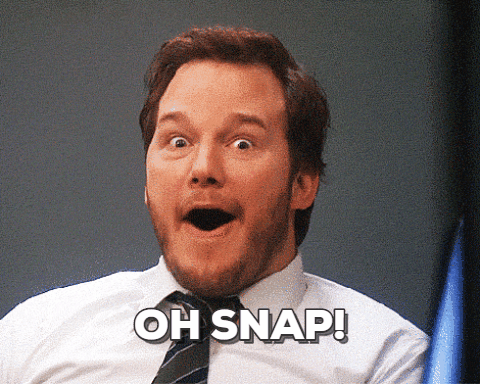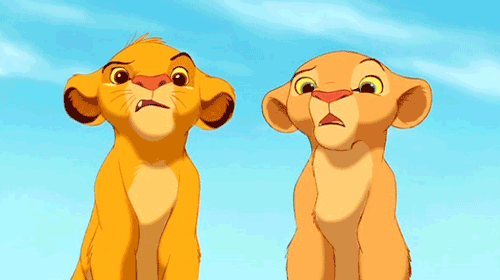--Originally published at Just A Turtle Coding.
So we talked a little bit of lists and compared it to tuples, but what exactly is a tuple?

A tuple is basically a list that you cannot modify. If you create a tuple named grades and plugged in your grades of this partial, those grades will not be modifiable.
How to create a tupple? You only need to put in the name and use () instead of [].
Example = (1,2,3,4,5)
That way, if you print Example(1), it will return 2
but you cannot modify it later in the program, that’s why programmers rarely use tuples, since they cannot be modified.











